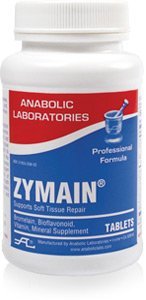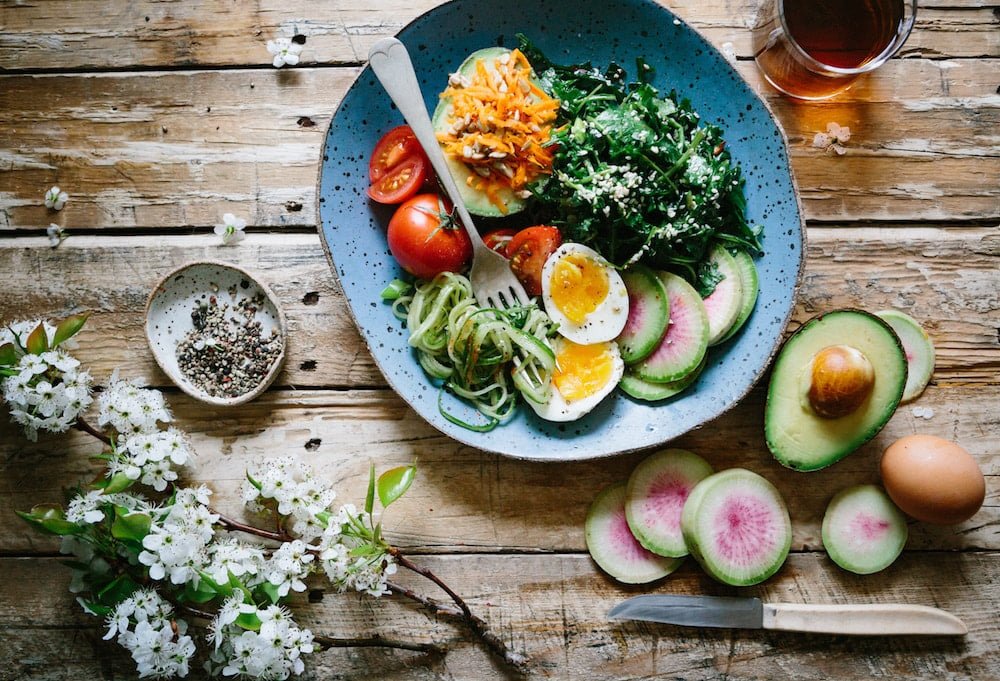
What you can do to make injuries heal faster
You have an injury or flare-up. Your doctor prescribes a regimen of treatment to get you back to where you were before. The first thing you likely ask is “how long will this take”?
It’s very natural to ask this question. When patients come in to me suffering from pain, they are frustrated by how much it interferes with their life.
The pain makes their work day difficult, interferes with the housework, makes it difficult for them to lift their children or grandchildren, restricts them from their favorite sport, messes up their travel plans or interferes with their personal life.
More than anything, patients just want to get back to their normal life as fast as they can. So, if this is you, what can you do to make injuries heal faster and impact your recovery? Plenty.
Getting enough care and being compliant with your treatment plan
For starters, a treatment plan needs the frequency of care and compliance. You can impact both of these.
As a patient, it usually is going to take about 12 visits to make a significant change in your pain level and mobility. You may find that you are feeling much better in about six visits, but to get to normal activities, it usually takes at least 12 visits. Typically, the more often you come, the faster you will get well. In a perfect world, if you are in severe pain, you would come in three times a week. But I realize that is not always realistic due to schedules or finances. If you can come twice a week, you can still make pretty good progress. Less than that and progress is going to be slow – too slow for most people.
You can also impact how well you comply with treatment. Sticking with the full course of care really matters. It is like taking an antibiotic – you don’t want to take antibiotics unnecessarily, but when you are in crisis and have to take them, you have to finish the whole course of medication. You cannot take a 10-day antibiotic for two or three days and expect the infection to go away. It is the same with the treatment. You may feel a little better after one or two treatments, but you are not stabilized to a point where the pain will stay away for good.
Approaching the problem from multiple angles
You can often speed up your recovery by implementing more than one approach. That’s one of the reasons we offer so many different services to tackle recovery. If you have a herniated disk and you sit at a desk all day, I’ll recommend stretching and strengthing your postural muscles, especially strengthening the core. If we only use chiropractic manipulation, you will improve, but you would improve much faster if we add in therapeutic exercise. I may even suggest massage therapy, electric stimulation or ultrasound to reduce muscle spasms and inflammation. A multi-faceted rather than single-faceted approach generally results in faster recovery.
 Using nutrition and supplements
Using nutrition and supplements
At our office, we carry a variety of vitamin and supplementation products to reduce pain and inflammation, helping to speed up healing. One of my favorites for acute injury is Zymain. Zymain includes enzymes that help your body break down the compounds in inflammation that stimulate your pain fibers. Zymain helps to metabolize and “process out” the pain stimulating compounds. As well, I can educate you on the types of foods that increase or decrease inflammation so you can make better choices.
Home care
What you do at home matters when it comes to making injuries heal faster.
For acute pain, ice can be your best friend. Unfortunately, many patients don’t really understand how to use ice properly. Do not wrap ice up in kitchen towels where the cold doesn’t penetrate deep enough to therapeutically affect the tissue. Instead, use ice or an ice pack with nothing but a thin t-shirt or a few paper towels between the ice and skin. Ice the injured area for 15 to 20 minutes, first feeling cold, then burning, then numb. Ice for 15 to 20 minutes on, 15 to 20 minutes off, alternating for 60 to 90 minutes. This allows the blood vessels to alternately constrict and dilate, pumping out inflammation. Heat can relax muscles but increase inflammation – so ask before you use it at home.
Other important areas of home care include doing home exercises, changing techniques for activities of daily living and getting proper support for sleeping, driving and sitting at a computer station. I can make recommendations for all of these as a part of your treatment plan.
The good news is that the body is more resilient than you could ever imagine. By sticking to the frequency of care, completing the full course of care, approaching the problem with all available treatments, utilizing nutritional and supplement approaches and paying attention to home care, we can maximize the body’s healing potential. And if you do this, you can get back to doing all the things in life you love – what everyone ultimately wants!
Dr. Sharman
Photo at top by photo-nic.co.uk nic on Unsplash



